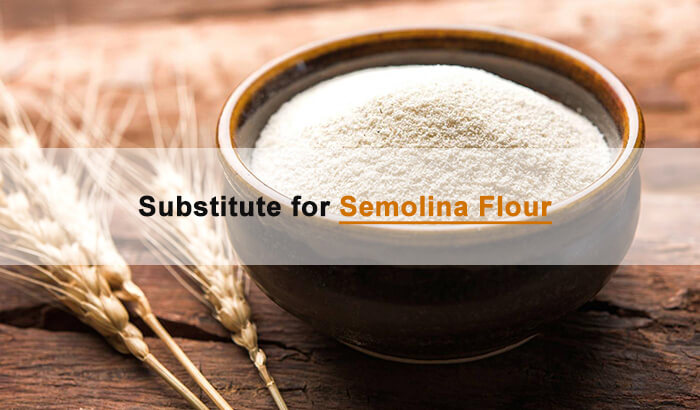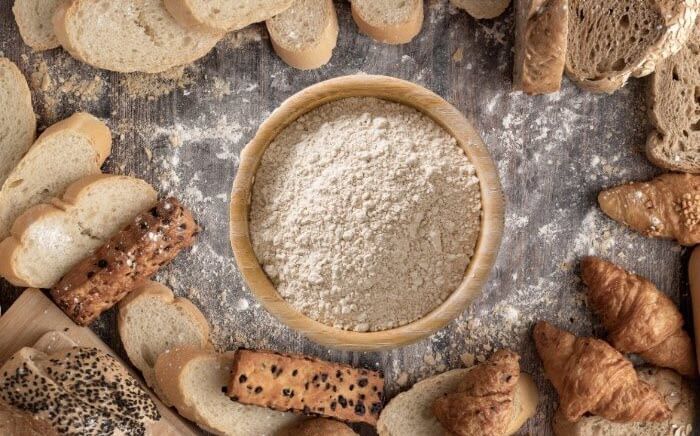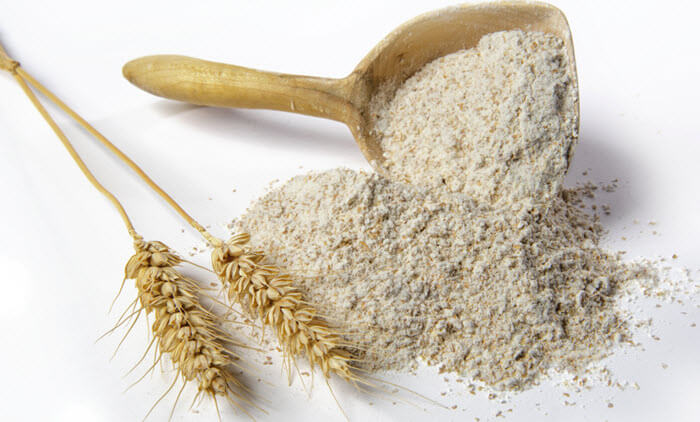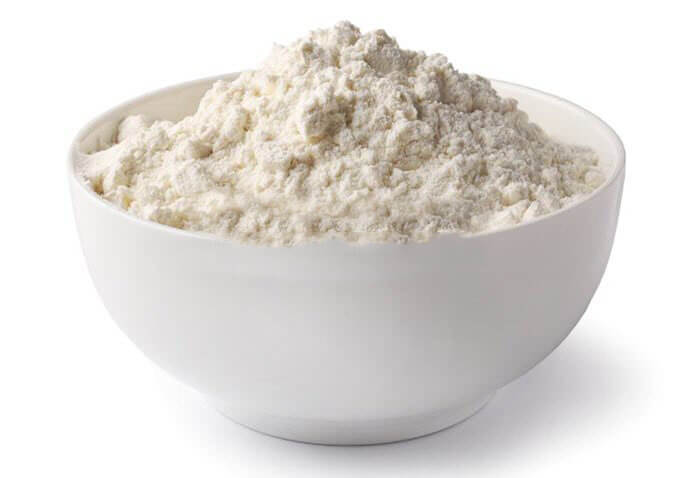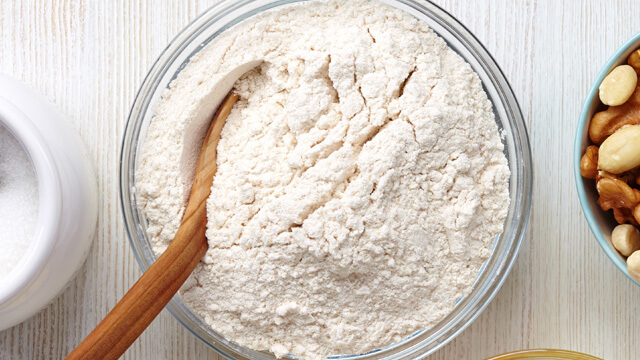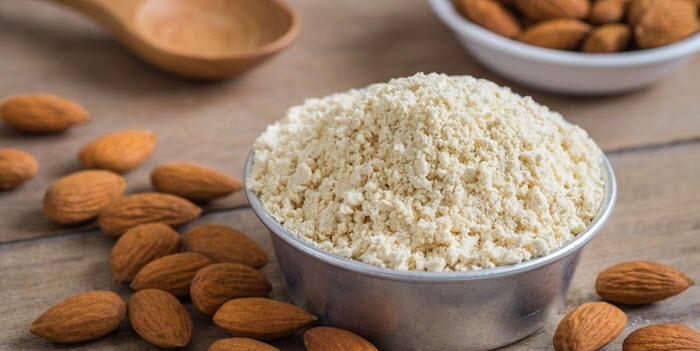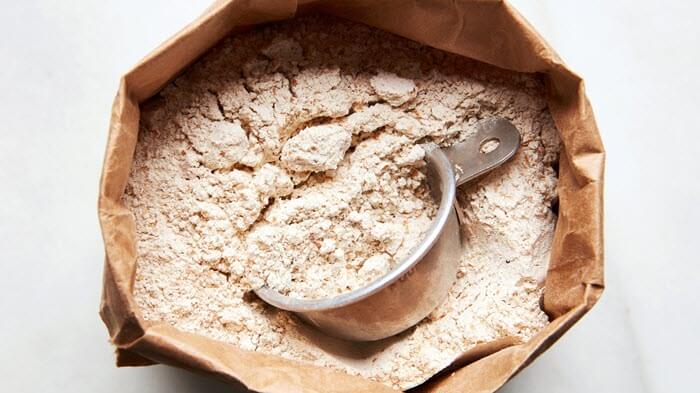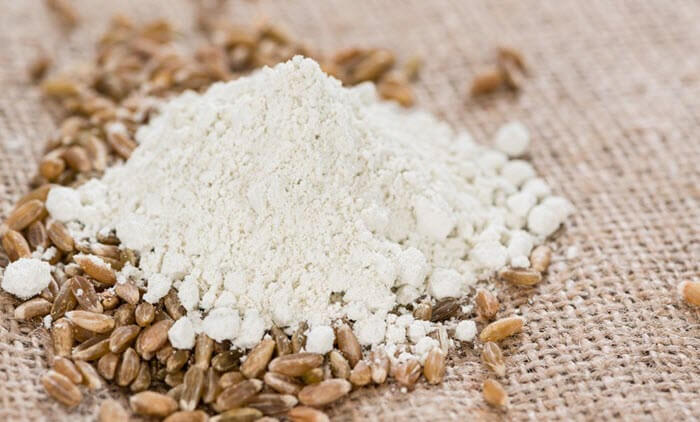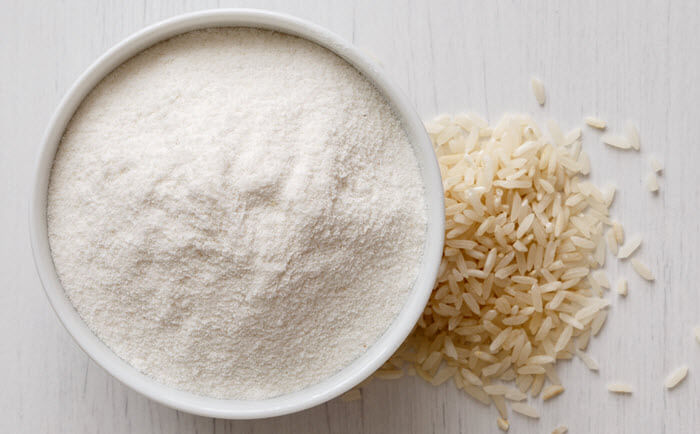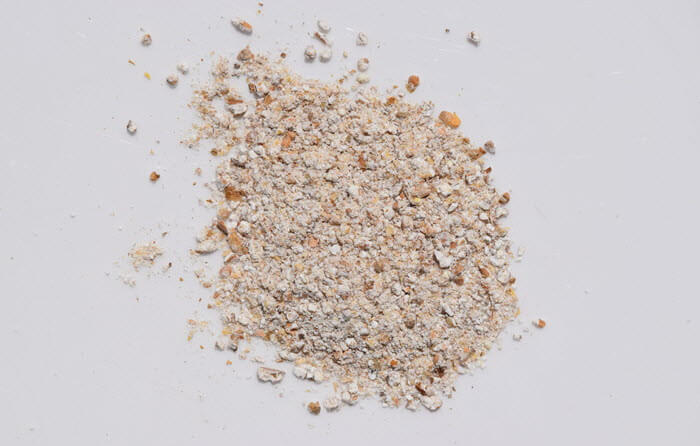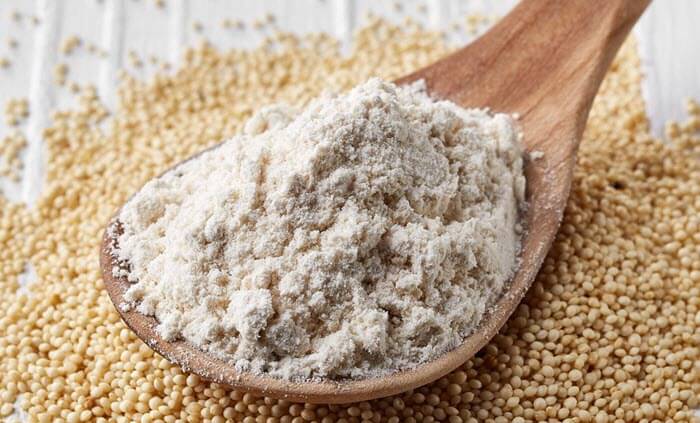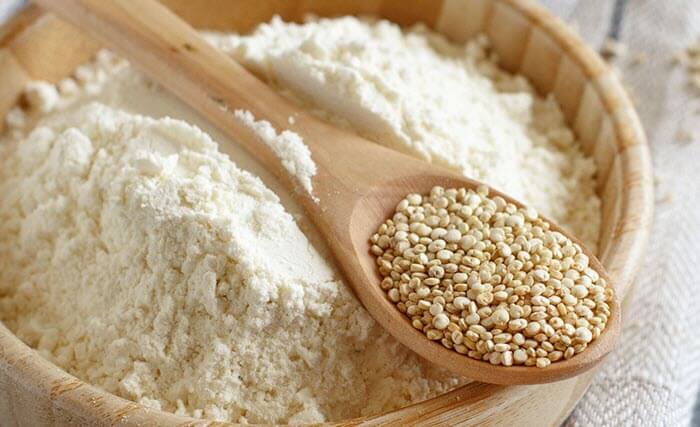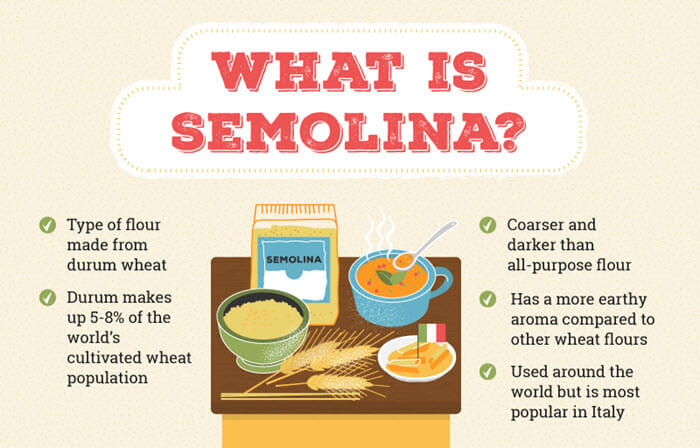Did you know that semolina is actually a type of wheat flour? It’s used in many Italian recipes and is the main ingredient in different types of pasta, such as the very popular Tortiglioni.
If you can’t find it at your local grocery store, then this post will help you to find a list of substitutes for semolina flour.
Table Of Contents
What Can You Substitute for Semolina Flour?
1. Pastry Flour
Pastry flour is an excellent semolina flour substitute. When baking your bread, pastry flour will bring you a fantastic experience. You can use it for baking soft bread, muffins, cupcakes, cookies, and biscuits.
Pastry flour also makes a mind-blowing pie covering due to its texture. It gives your baked goods a unique fluff and delicate texture. Unlike semolina, pastry flour has a lower gluten content and easily blends into your dough.
You can use a 1:1 ratio to replace semolina flour.
2. Whole Wheat Flour
Whole wheat flour is the “go-to flour” for most chefs and bakers as it’s versatile and very functional.
It doesn’t matter if it’s pizza, bread, pastries, or desserts; trust Whole wheat flour to deliver right. It has a dense texture and nutty flavor and gives your bread a rich and robust taste.
To achieve a pastry with the same consistency, substitute in a ratio of 1:1.
3. Bread Flour
Well, even though the name says bread flour, you can still use it for a variety of baked goods.
Like semolina, bread flour is gotten from wheat, but it has a grainy texture than semolina, which is coarse. It also has about 12 to 14% protein or gluten content.
You can use bread flour to prepare pasta, pizza, and focaccias. And a 1:1 ratio will be enough to get the same texture as semolina flour.
4. All-purpose Flour
All-purpose flour is the most straightforward and essential alternative you can find in any grocery store. One thing to note is that there are different brands of all-purpose flour, so you need to find the one that works well for you.
All-purpose flour makes a good dough, and it mixes well with other ingredients. It can be bleached or unbleached flour, and the bleached one has less gluten.
Bleached flour is perfect for yeast bread, strudel, cream puffs, and puff baked goods. In comparison, unbleached flour makes great pie hulls, waffles, flapjacks, etc.
Since all-purpose flour is easy to work with, a substitute ratio of 1:1 for semolina is perfect.
5. Almond Flour
Almond flour is one sweet flour you don’t want to miss. It is produced from grounded, whole, whitened almonds.
Unlike other flour substitutes, almond flour has sweet flavors. It has dietary supplements and fewer carbs. Almond flour has the same consistency as cornmeal flour but with nutty undertones.
Use almond flour in any of your pastries without worrying about gluten. For the best result, substitute for semolina in the ratio 1:2.
6. Rye Flour
Rye flour is processed powder from grains of ryegrass or rye berries. It has hazy undertones with a unique sharp flavor.
This flour meets the dietary requirements; it’s rich in vitamins B and E and also has a low gluten content.
Like semolina, rye flour is a great replacement in sourdough bread, bread roll, and other bread recipes. It gives a rich burst of flavor and texture.
For the best flavor and texture, use rye flour instead of semolina in a ratio of 1:1.
7. Whole Spelt Flour
This is not a popular flour among the bakers, but it’s undoubtedly a good fit for a replacement for semolina flour.
Whole spelt flour is obtained from whole spent grains [1]. It’s particularly low in carbs and rich in fiber. Due to its aroma and taste, it’s great for bread and other pastries.
In your recipe, substitute 1½ cups of spelt flour for 1 cup of semolina.
Tip: if this option is not on hand, you can still find some spelt flour substitutes.
8. Rice Flour
Gotten from finely processed rice, rice flour has a characteristic rice flavor and it’s a gluten-free alternative to semolina flour. It makes an excellent thickener for soups and stews.
You can use rice flour to make pasta, Indian hotcakes, noodles, cakes, and pastries. Using rice flour for your pasta is stickier and thicker with a noticeable rice flavor.
You may like: 13+ Substitutes for Brown/White/Sweet/Glutinous Rice Flour
9. High Gluten Flour
A mixture of oatmeal flour, whole wheat flour, buckwheat flour, all-purpose flour, and rice flour gives you high gluten flour—this particular flour for bread with a moist yet chewy texture, like bagels.
High Gluten Flour is easy to find. They also have brands that have low gluten content.
10. Rye Meal
Rye Meal is a purer form of rye flour that is gotten from grounded whole rye. It contains its germ and bran, giving it a heavy and robust vibe.
If you aim to make a dense pastry or bread, rye is a perfect replacement for semolina flour since it’s coarse and dense. It will also give your bread a nutty and sour undertone.
Rye Meal is an important ingredient in pumpernickel bread [2].
11. Amaranth Flour
Amaranth flour is derived from grounded amaranth seeds. It’s a gluten-free flour rich in fiber, calcium, magnesium, and protein.
It has a nutty flavor and works as a more nutritious substitute for semolina flour in your pastries. It can also be a thickener for soups, stews, white sauces, and roux.
12. Quinoa Flour
Quinoa flour is like amaranth flour, a staple flour for the indigenous people of South America.
It is the highest protein-containing flour, and it’s gluten-free. Except for semolina flour, quinoa flour can also be an excellent substitute for starch.
You can use quinoa flour in your pasta recipe.
13. Kamut Flour
Kamut flour is a sweet, buttery flour rich in vitamins, fiber, and proteins. It is an excellent substitute for semolina, spelt, and wheat flour.
If you use Kamut flour for your bread, you want to knead thoroughly and add more water to the dough to prevent it from drying out.
Kamut can be found easily in organic grocery and health stores.
FAQs About Semolina Flour
What is semolina flour?
Images from Bobs Red Mill
Semolina flour is produced from durum wheat, one of the hardest wheat varieties. The whole grain is dried and then milled to make semolina flour from durum wheat.
The resulting product is an extremely strong flour that can be used for grinding and baking purposes and for making Italian pasta and couscous.
What’s a good semolina flour substitute in pasta?
To get a wonderful pasta, you can use bread flour, rice flour, quinoa flour, all-purpose flour,or whole-wheat flour to replace semolina flour.
What’s a good substitute for semolina flour in pizza dough?
If you want to make a tasty pizza, you need to keep your pizza dough from sticking to the pan. This way, a corn flour or finely ground cornmeal will work well to replicate the texture.
Also read: Corn Flour vs. Cornmeal: Are They the Same Thing?
How to make pasta dough?
Conclusion
If you want to make something delicious, start with the best ingredients. It’s not always easy to find the right substitute for regular foods, but your efforts will pay off.
You can switch out their components and still end up with great flavors and textures in your dishes.
I hope this post can help you get your preferred semolina flour substitute. If any questions, don’t hesitate to leave a comment below.

